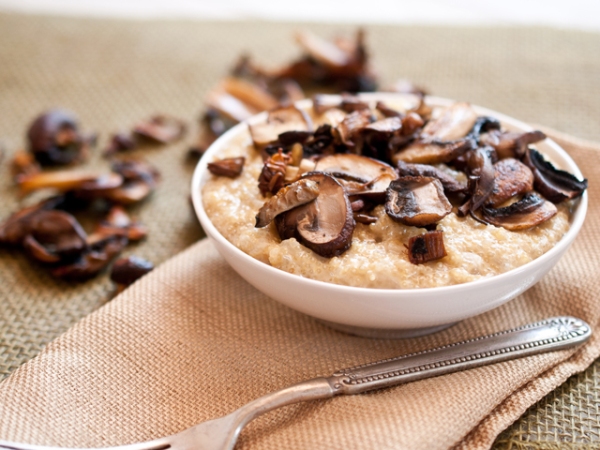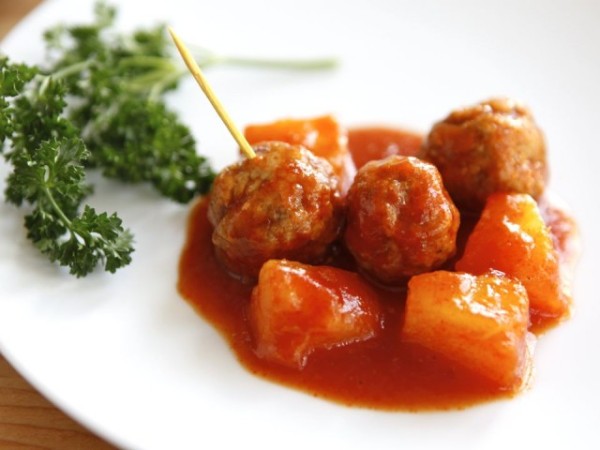Add the potatoes to a large mixing bowl with the olive oil, salt, marjoram, rosemary, thyme, egg, and a few turns of pepper. Mix until everything is evenly incorporated. Remove about 1 1/4 cup of this mixture and set it aside in the refrigerator, covered tightly with plastic wrap, pressed down directly on the potatoes — this will be the top crust of the pie.
Gently press the remaining potato mixture into a 10 inch pie plate, covering the bottom and sides evenly.
If it seems any excess moisture has collected, use a paper towel to press down gently on the top surface.
Place the filled pie plate in the preheated oven for about 20 minutes — the edges should be beginning to brown. Now reduce the heat to 350 degrees F and continue cooking for about another 10 minutes, until the bottom is only slightly golden brown or dry.
Remove the crust from the oven and turn the heat up to 475 degrees F.
To make the filling: add the carrots, shallots and sweet potato to a 9 x 13 x 3 inch baking or roasting pan. Toss them with 1/4 cup of the olive oil and sprinkle with salt and pepper. Place this in the preheated oven and roast until all of the vegetables are tender and nicely browned, about 45 minutes. Stir the vegetables every 15 minutes or so. (The sweet potato will become mushy — and that’s what we want, as it will cause the filling of the pie to thicken!)
Add the zucchini, garlic and thyme to the roasting pan and mix to combine. Then return the pan to the oven for another 15 minutes, to soften the zucchini. Reduce the oven heat to 400 degrees F.
Pour the wine and vegetable stock over the roasted vegetables. Use a wooden deglazing spatula to incorporate the liquid into the vegetables and to scrape off any caramelized bits that are stuck to the bottom of the pan. (These bits are part of what make this so delicious!)
Season with salt and pepper to taste and carefully pour the mixture into the prepared potato crust.
Remove the reserved potato mixture from the refrigerator, and if necessary, squeeze it again with your hands to remove any excess liquid. Then evenly distribute it across the top of the pie. Drizzle with the remaining 1 tbsp of olive oil and sprinkle with a bit of salt and pepper. Try to seal the potatoes on the top of the pie with the precooked edges along the top rim. Don’t worry if the there are areas where the vegetables show through.
Place the pie in the oven and bake until the top crust becomes golden brown, about 20 minutes. If it hasn’t become brown and crisp, place it under the broiler for about a minute.
Let the pie rest for at least 45 minutes before serving.
This recipe courtesy
The Shiksa in the Kitchen









